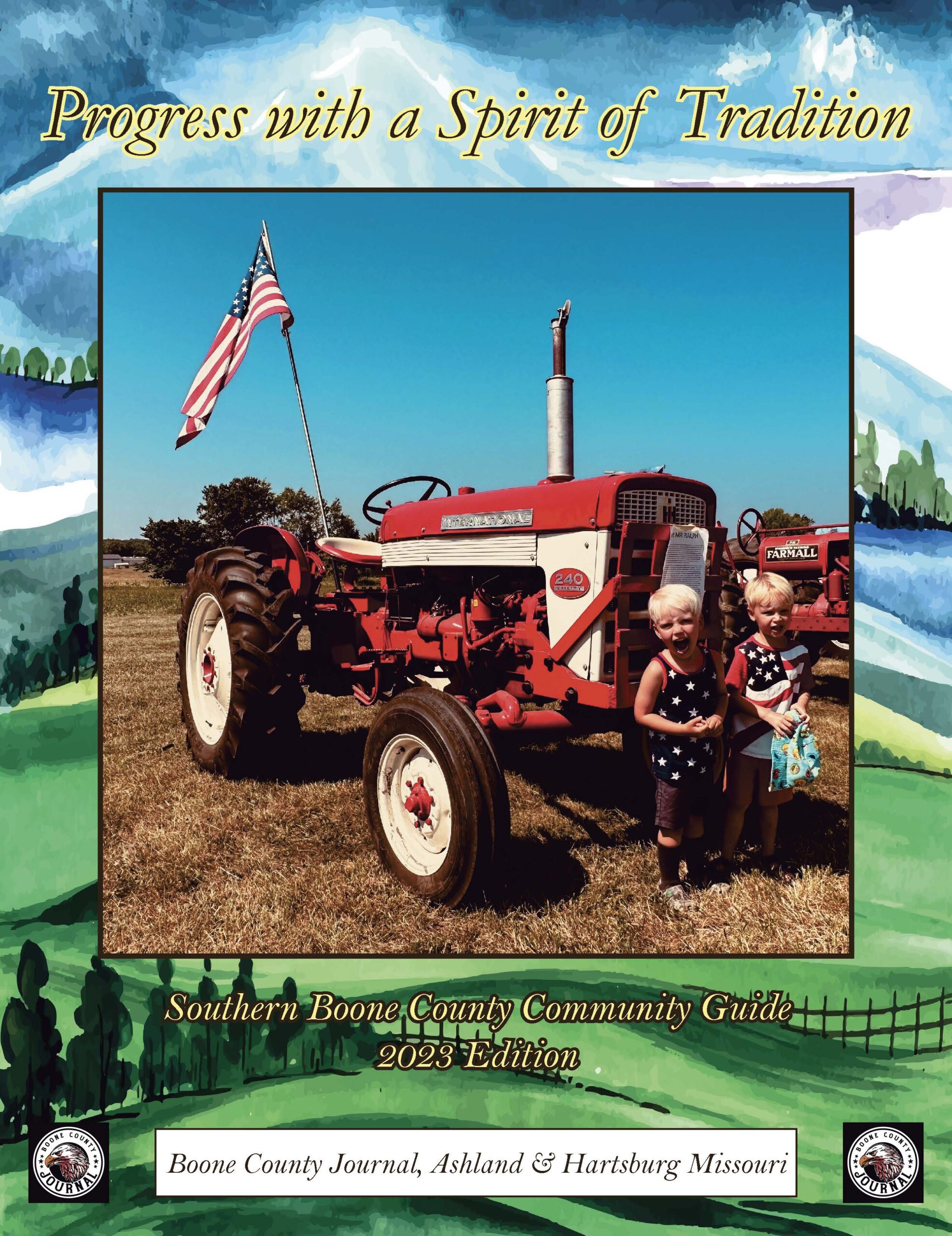Like many people, I never felt like I truly belonged in the small town I grew up in. I wasn’t born there, and despite living there for a decade until I graduated from high school, I could never shake the feeling that I was and always would be the new kid in town, an outsider.

Travis Naughton
After I left my boyhood home of Hannibal, Missouri, in August of 1990, I never really came back. Oh, I’d pop in for a short visit now and again to throw back a few beers with my old crew, but despite my mother and brother remaining in Hannibal three additional years after I moved away, the town never really felt like home again.
Until now, that is.
When the flood of 1993 devastated communities up and down the Mississippi River, Hannibal was mostly spared, except for the folks who lived closest to the river, on the wrong side of the 3rd Street viaduct, whose property was not protected by the flood walls built to save the historic (money-making) district. Although my family lived on top of a hill, they were not immune to the river’s wrath. When the levee at West Quincy, Missouri, was intentionally breached by a man who was later sentenced to life in prison for his reckless actions, my mom, and many others like her who worked across the river in Illinois, could not get to her job. It would be two more months before the bridges spanning the river reopened.
Yet, I still ignored my hometown, and my family, for the most part during that time. I didn’t even come home to help with the sandbagging efforts. Over the years, my guilt for turning my back on my hometown eased to a tolerable level. And over the years, I became less and less inclined to ever return.
And then Melissa Scholes Young, a dear friend and fellow Hannibal native, slapped me upside the head. Figuratively, of course. “Missy,” as she has been known to her friends and family since she was a little girl, is much too kind to ever really strike anyone. But her new novel, FLOOD, has had the effect of knocking some sense into me, and it will likely have the same effect on others (especially those from smaller towns) who have wrestled with conflicted feelings of where and what “home” is.
FLOOD is set in Hannibal, ten years after the Great Flood of ‘93. It tells the story of Laura Brooks, who, like me, ran from Hannibal as soon as she had the chance, leaving her mother and brother behind, only to find herself longing for that familiar sense of home years later. In the story, Young interweaves a tale of small-town drama, lost loves, and messy families with historically accurate descriptions of Hannibal and its most famous writer Mark Twain. The result is nothing short of a masterpiece.
Without sugar-coating modern Hannibal, a town desperate to convince tourists of its wholesomeness while battling an increasingly frightening drug scene, Young manages to humanize the community and its people without degrading it. She reminds us of the charms of living in “America’s Hometown” with all of its Toms, Beckys, Hucks, and of course Twains.
More importantly, she has reminded me of the fact that while it is true that you can never go home again, home will always be Hannibal, Missouri. Hannibal has a rich history and thousands of decent, fun-loving citizens. There are a few bad apples to be sure, but no more so than in the wild-west days when it was a bustling river port and home to gamblers, gun-fighters, ladies of the night, and a young Sam Clemens.
Thank you, Missy, for opening my eyes and showing me that life in that White Town Drowsing wasn’t so bad after all. Despite the small-town drama, loves lost, and messy family issues that defined my time in Hannibal, (as well as Laura’s), I am grateful to have grown up in Twainland. And I’m grateful to know you. You are a fantastic writer, my friend, and I can’t wait to come celebrate your literary success with you the next time you’re in town. Our town. Our home town.
Our home.







Facebook Comments